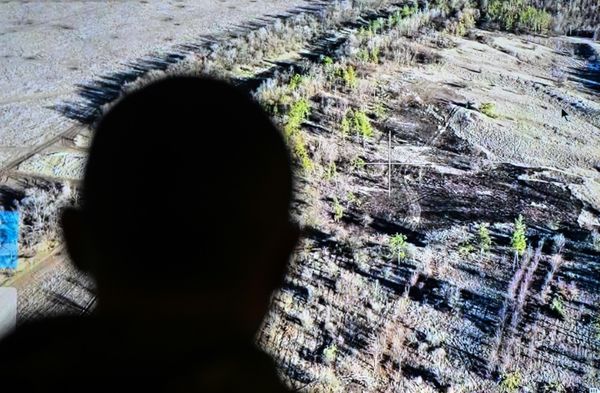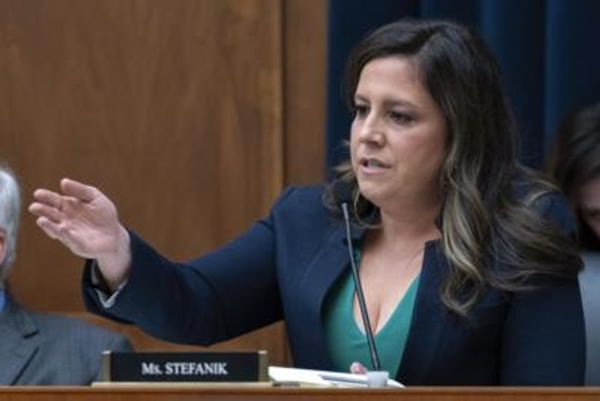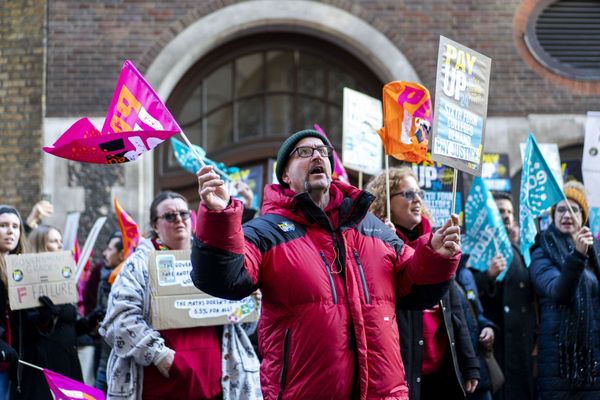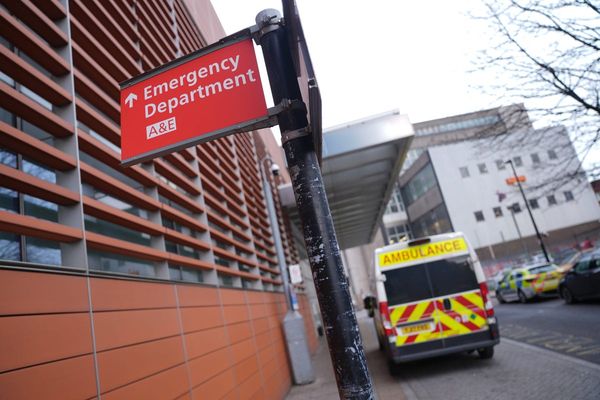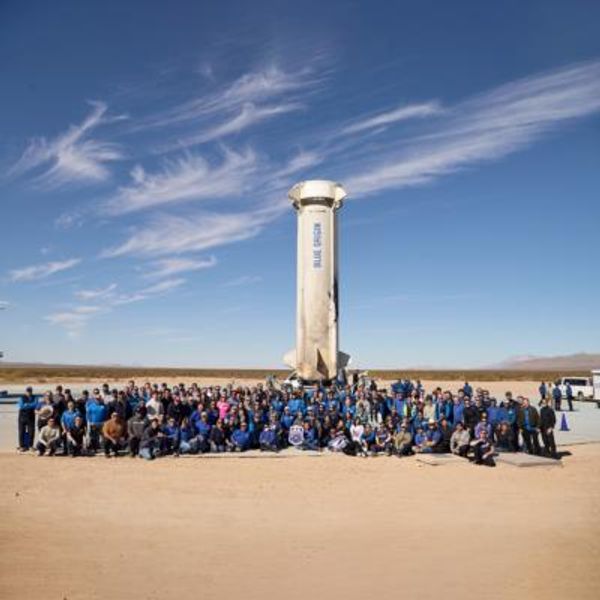
With all legal (and illegal) industrial clusters shut across Delhi-NCR owing to the ongoing 21-day nationwide lockdown, river Yamuna has got a much-needed breather, albeit temporary, and is now showing a visible improvement.
However, with labs and most government offices also shut, the pollution control boards and the Yamuna monitoring committee are yet to quantify the quality of improvement, with experts pointing out that the boards are losing ”a lifetime opportunity” to study the changes to the river.
Pollution control board officials said they will start the river quality assessment Monday.
Experts said while domestic sewage discharge across the river length in Delhi-NCR accounts for the maximum volume of effluents, it’s the industrial waste that’s more hazardous to the water quality as it adversely impacts the dissolved oxygen (DO) and biological oxygen demand (BOD) content of the river.
“There is a visible change in the river and it seems that the Yamuna is much cleaner now. The water is quite clear and the opacity has improved. There are about 20 legal industrial clusters along the river such as the ones in Wazirabad, Narela, Okhla, Patparganj, etc., and they all used to discharge effluents into the river. But that has stopped due to the lockdown. So the water quality has improved, but just how much of an improvement it is, can only be ascertained after the water quality is assessed in labs,” Manoj Mishra, environment activist who leads the campaign, Yamuna Jiye Abhiyaan, said.
He expressed surprise that the agencies were not gabbing the opportunity to collect and study samples.
About 48km of the Yamuna, the largest tributary of the Ganges, flows through Delhi-NCR, of which 22km is in the national capital and the remaining passes through several NCR towns.
“This is once-in-a-lifetime opportunity to study the river, sans its load of industrial effluents. This is the right time to collect samples, so that we get to know the exact toll that industrial waste takes on the river,” Mishra said.
According to Noida-based environmentalist Vikrant Tongad, the water quality at three major spots – Kalindi Kunj, ITO and Sector 150, Noida — has improved visibly.
“The domestic waste is still flowing into the river and the major pollutant in that is faecal coliform. But the major hazardous one are effluents from industries that carry grease and oil and heavy metals. We are working on getting the samples tested ourselves, but the agencies should be doing this. The water quality at present, whatever it may be, reflects the improvement that can easily be achieved by stopping the discharge of industrial effluents,” Tongad said.
According to data from Uttar Pradesh Pollution Control Board (UPPCB), according to the last assessment in December 2019, the DO at Okhla Barrage (entry point to Noida) was 1.3 mg/l and the BOD was 42 mg/l while at Tilwada (exit from Noida), the DO was nil and the BOD was 54 mg/l .
In Delhi, the last assessment held in February found the DO at Palla (entry point to Delhi) was 8.7 mg/l, and BOD was 2.6 mg/l. At the exit point in Jaitpur, the DO was nil and BOD was 32 mg/l.
The standard for DO levels is 5 mg/l or more, and that of BOD is 3mg/l or less. The DO and BOD is minimum oxygen needed for a river to decompose organic waste.
Meanwhile, officials said they will start testing water samples from Yamuna soon.
“We will start collecting samples from Yamuna from Monday. The samples will be collected twice a week,” Arun Mishra, member secretary, Delhi Pollution Control Committee (DPCC), said.
Officials at UPPCB had no such plan. “Currently, all our labs are closed. We have no plan to get the water tested,” Anil Kumar Sigh, regional officer, UPPCB, Noida, said.
